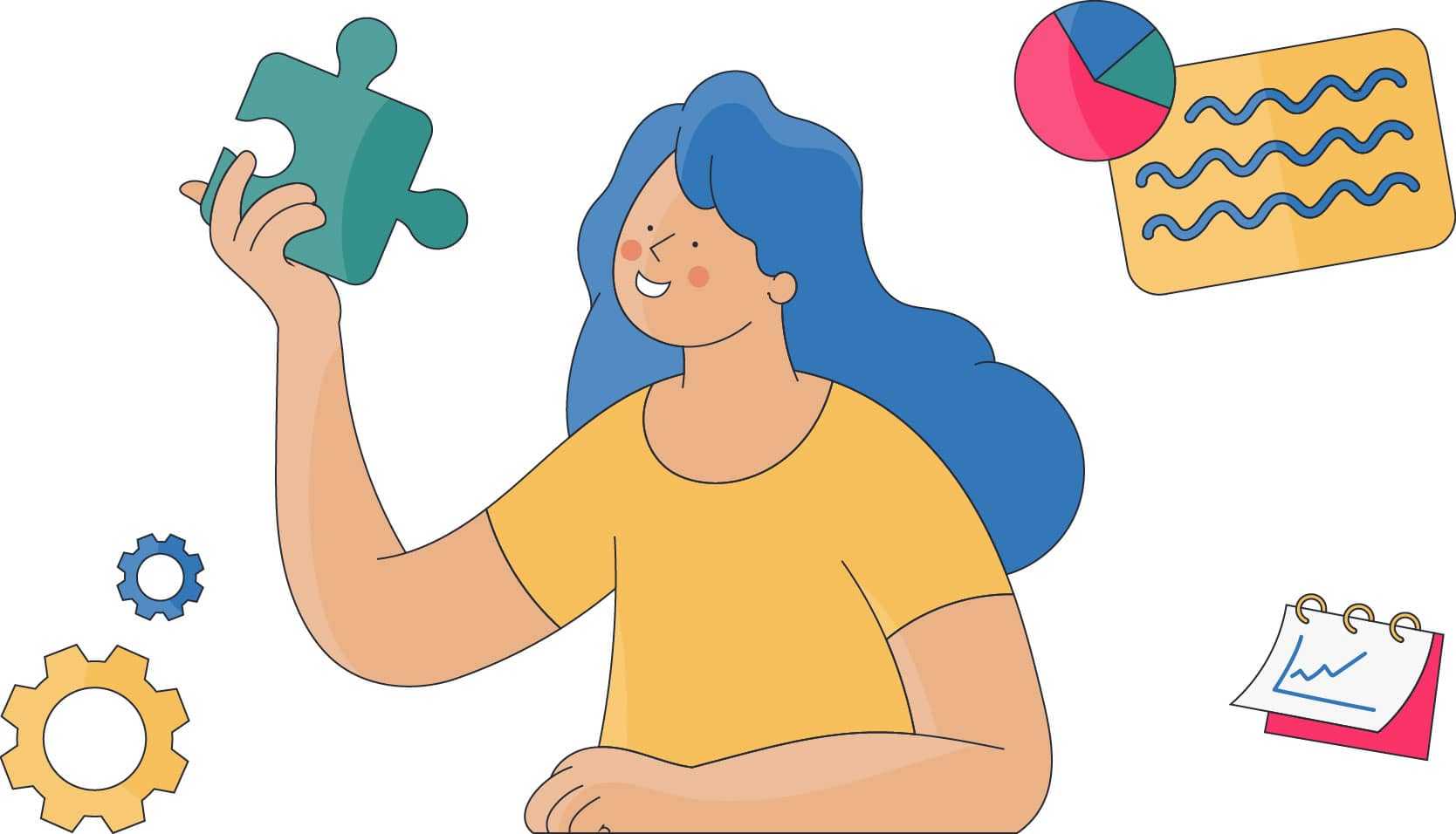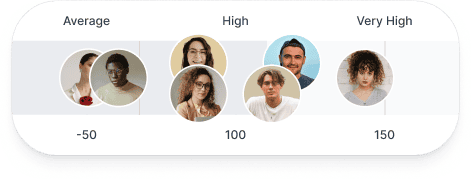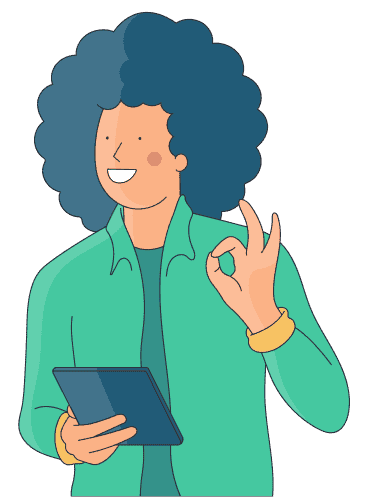There are many pathways to becoming a graphic designer. Your pathway depends on many important factors. These include your level of formal education and real-world experience. Potential employers may also be looking for other skills, such as digital design.
What higher education is required to become a graphic designer?
Most employers expect graphic designers to have graphic design degrees or degrees in a related field. Such a qualification will give you a strong foundation in design theories and technical skills. This will help you create practical designs, receive feedback, and establish a portfolio. Master’s degrees are also available. At the master's level, you will learn advanced design theory and project management. You'll also gain more practical experience.
Another option is to attend a specialty graphic design school. When you attend a graphic design school, you will learn everything from graphic design history to computerized design. At graduation, you should have an excellent understanding of design principles. Having a strong portfolio of your personal projects that have been assessed by expert instructors will make finding a job easier.
The National Association of Schools of Art and Design provides over 350 colleges with accreditation in the United States. This also includes universities and other institutions8. Their accreditation ensures each educational institution offers a high-quality level of design education. Graduating from one of these schools will boost your job prospects.
In the U.K., The Chartered Society of Designers (CSD) offers accreditation to graphic designers10 while in Australia, you can also gain accreditation from the Australian Graphic Design Association (AGDA)11. Gaining accreditation and joining these organizations will help you secure employment opportunities.
There are also online graphic design courses that you can take. This could be a good option if you already have a degree in a related field but want to gain some practical graphic design knowledge. A small number of graphic designers are self-taught. They learn design theory through online programs and books. This gives you a solid understanding of the types of design, design trends, design concepts, visual design, and elements of design. Once you have the skills, you can look for paid work in the creative industry.
What licenses, certifications, and registrations are needed?
A graphic designer does not require any licenses. However, many employers will expect candidates to have a degree in graphic design or a related field. When it comes to certifications, there are companies that issue certificates for people who show competence.
The most common is the Adobe Certified Associate program. This is a recognized industry certificate. This validates you have at least entry-level graphic design skills.
As a graphic designer, you can register with The American Institute of Graphic Arts (AIGA). This is an industry association for graphic designers that offers courses and provides industry news to members. The U.K. also has The Chartered Society of Designers (CSD) which you can join for the same benefits. Australian graphic designers can join the Australian Graphic Design Association (AGDA) too.
What on-job internships or work experience is typically undertaken?
Graphic designers can secure an internship at many organizations. An internship will give you great practical experience. Organizations that offer internships include private companies, universities, government departments, and non-profits. Most internships will require the candidate to have a degree. Internships typically last between 6 and 12 months and may be paid or unpaid.
Doing an internship will allow you to learn new knowledge about the design industry and put your skills to the test. Depending on your internship, you will learn about user experience design, print design, and packaging design. You will be able to build an online portfolio of published work. This will help you find a full-time graphic design position after your internship.
What advancement or specialization opportunities are there?
When starting out in graphic design, it’s a good idea to gain experience in a wide variety of specialist areas of graphic design. This will help you to work out what type of design you are interested in.
For example, you could specialize in brand identity design, web and user interface design, marketing and advertising design, print and publication design or packaging design20. This will help you gain a foothold in the industry and make a name for yourself. Once you start completing projects, you can build your graphic design portfolio. This will help you get in-house graphic designer roles or work as a freelancer.
Some related roles you could later go on to specialize in are:
It’s also important to keep up to date with industry trends. This will help keep your approach to graphic design fresh and innovative. Finally, make sure you learn and use the latest software programs such as Figma, Canva, and Adobe Creative Cloud. They can help you take your graphic design skills to the next level.







.svg)



.png)








%20(1)-2.png)
